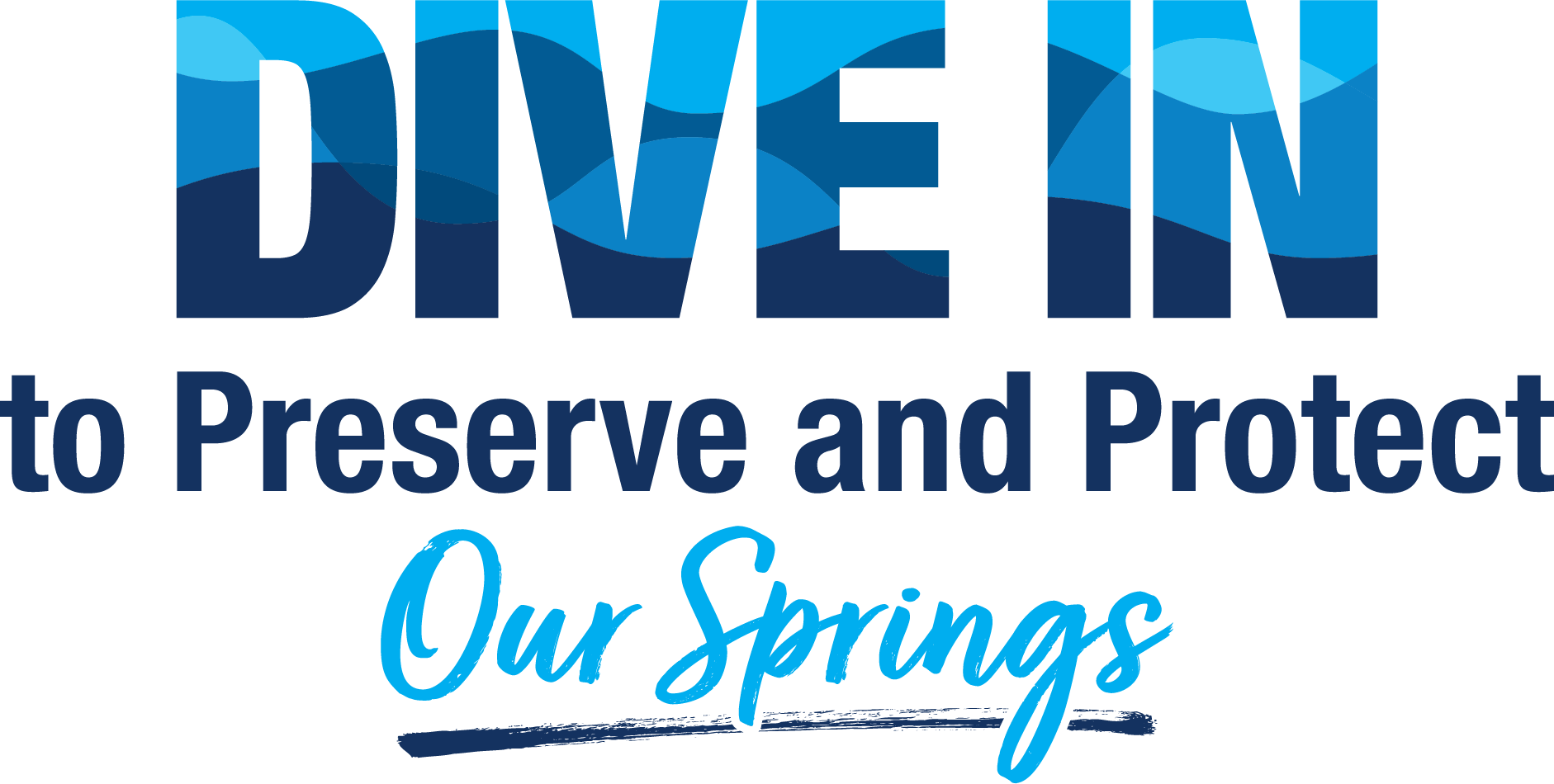Progress & Projects

Florida is facing major water quality challenges.
In our region, our springs, rivers and other natural bodies of water are heavily impacted by decreasing spring flows and excessive nutrients. Spring flows decrease because of declining water levels in the groundwater aquifer that sustains them, and excessive nutrients can lead to algal growth and habitat degradation.
The Suwannee River Water Management District is working to address these challenges, with help from key partners, state level supporters, and the community.
Our Partnerships
The Florida Department of Environmental Protection (DEP), Florida Department of Agriculture and Consumer Services,
and the University of Florida IFAS Extension are key partners in water quality programs. Their efforts further our shared commitment to protecting Florida’s waterways. Learn more about some of their latest monitoring techniques and read about their dedication to preservation and innovation.




How Did We Get Here?
Nutrient pollution comes from a variety of sources, including increased wastewater due to population growth and development, failing septic tanks, and the use of fertilizer and pesticides.
Increased nutrient concentrations — such as nitrogen and phosphorous — in natural water systems can impact water quality and clarity and contribute to algal blooms that impact native vegetation and interfere with springs ecosystems.
More pavement, roads and other impervious surfaces also impact springs by increasing run-off of harmful pollutants and preventing rainwater from percolating into the aquifer.
Together, we can all play an important role in protecting our water resources.



How Did We Get Here?
Nutrient pollution comes from a variety of sources, including increased wastewater due to population growth and development, failing septic tanks, and the use of fertilizer and pesticides.
Increased nutrient concentrations — such as nitrogen and phosphorous — in natural water systems can impact water quality and clarity and contribute to algal blooms that impact native vegetation and interfere with springs ecosystems.
More pavement, roads and other impervious surfaces also impact springs by increasing run-off of harmful pollutants and preventing rainwater from percolating into the aquifer.
Together, we can all play an important role in protecting our water resources.

